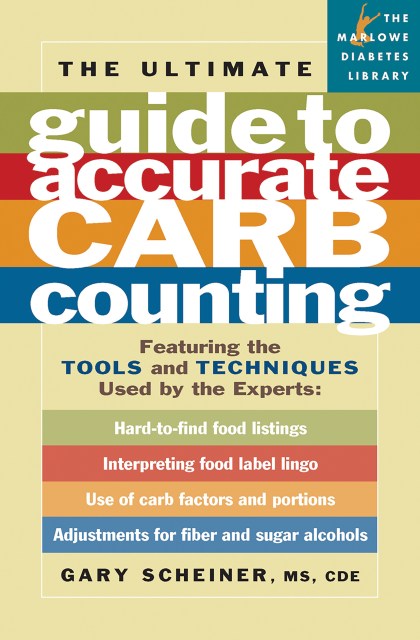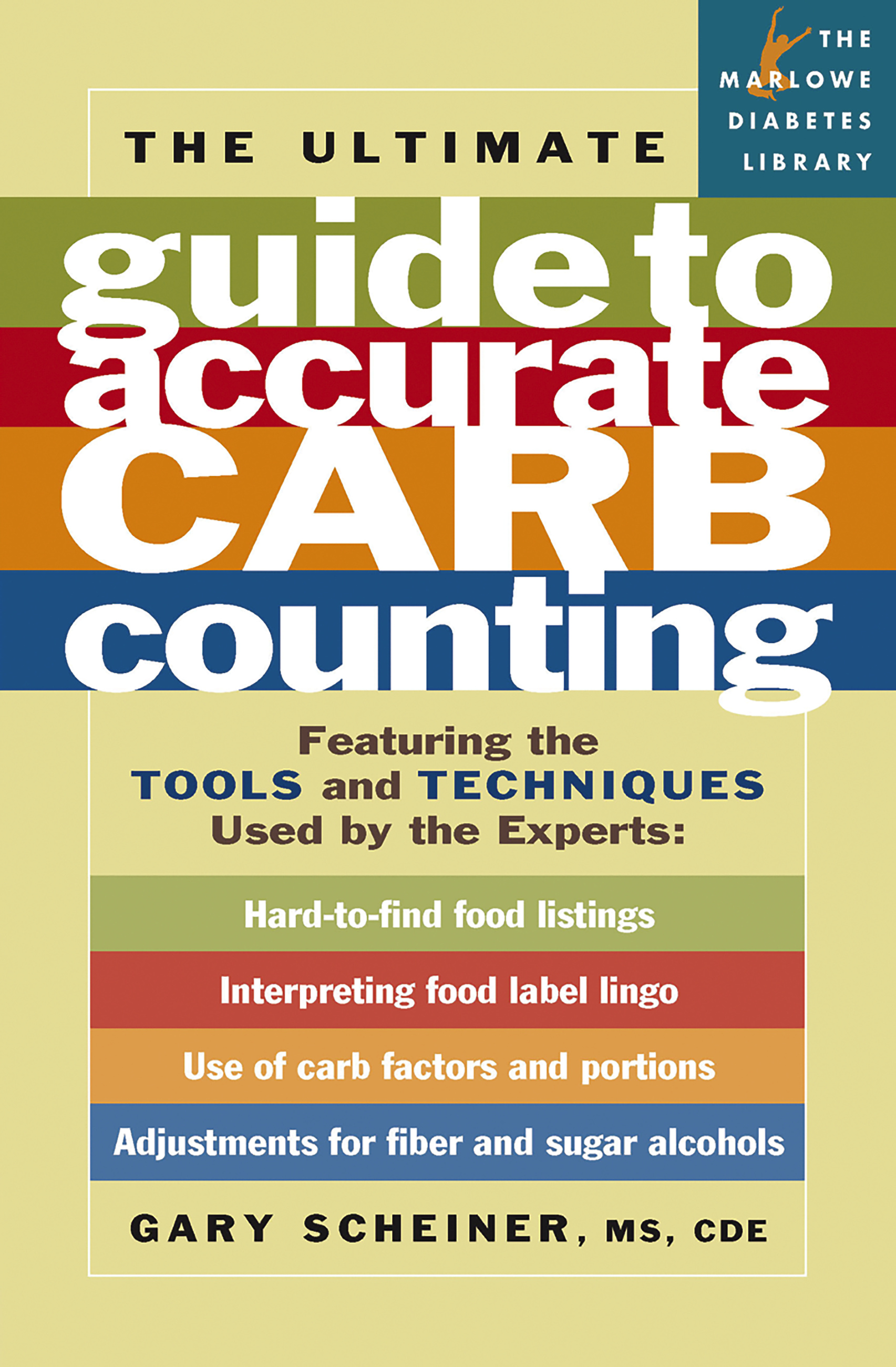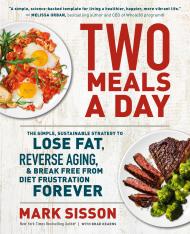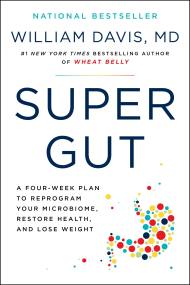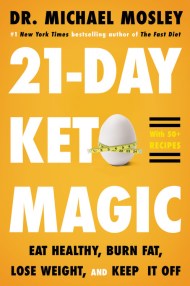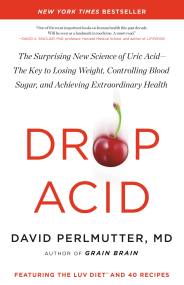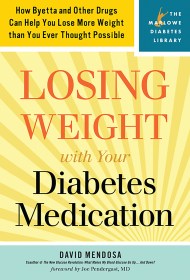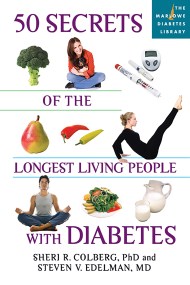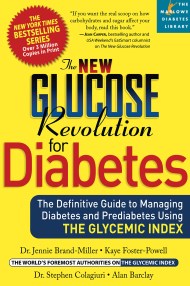Promotion
Use code MOM24 for 20% off site wide + free shipping over $45
The Ultimate Guide to Accurate Carb Counting
Featuring the Tools and Techniques Used by the Experts
Contributors
Formats and Prices
Price
$12.99Price
$15.99 CADFormat
Format:
- Trade Paperback $12.99 $15.99 CAD
- ebook $9.99 $12.99 CAD
This item is a preorder. Your payment method will be charged immediately, and the product is expected to ship on or around December 11, 2006. This date is subject to change due to shipping delays beyond our control.
Also available from:
Whether you’re following a diet plan that requires carb-counting, you have diabetes, or simply because you are conscious of the quantity of carbs you consume, The Ultimate Guide to Accurate Carb Counting is the all-in-one resource for practically and effectively managing your carb intake. Certified diabetes educator, type 1 diabetic, and Think Like a Pancreas author Gary Scheiner focuses on carb counting in a real-world context, and his explanations and advice-in addition to being complete and thoroughly accurate-are geared towards the most common foods and eating habits.
The Ultimate Guide to Accurate Carb Counting tells you everything you need to accurately keep track of your carb intake, including: The basic rationale for and the theory behind carb-counting, as well as explanations of simple to advanced techniques. There is also a comprehensive listing of exchanges, carb factors, and glycemic index values, as well as the carb and fiber values for 2,500 foods.
Genre:
- On Sale
- Dec 11, 2006
- Page Count
- 256 pages
- Publisher
- Da Capo Lifelong Books
- ISBN-13
- 9781569242742
Newsletter Signup
By clicking ‘Sign Up,’ I acknowledge that I have read and agree to Hachette Book Group’s Privacy Policy and Terms of Use
